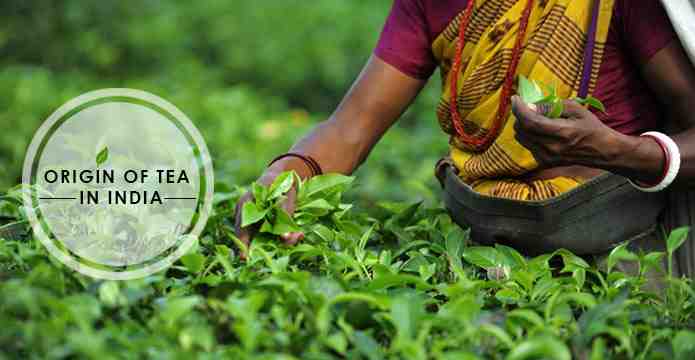The history of chai (tea) dates back 5,000 years to the ancient courts of Siam and India. Legend has it that a king concocted a recipe in a quest to create a healing beverage. After that, authentic chai (tea) was used in the healing tradition of “Ayurveda” alternative medicine. Along with massage, herbs, yoga and other healing elements, chai tea was consumed to naturally heal the body beginning in the Vedic period in India. The popularity of chai tea spread throughout South Asia and far into the Western World, continuing its growth today. However, can it heal?
https://youtu.be/Q1A5_9zKpxU
India is a large country with regions each having carved out a unique cultural identity, and that is very apparent in how they prepare, serve and enjoy chai. Chai in northern India is closest to the flavors and texture most outsiders associate with Indian chai tea. It is creamy, sweet and spiced, featuring hints of cinnamon, pepper, cardamom and ginger. Chai in eastern India is noted for the clay cups in which it is served. The clay adds an earthy flavor that underlies the spicy overtones. In southern India, chai is served with a creamy froth created when the chai is vigorously poured between glasses. There is another distinguished chai, and that is Irani Chai. This strong and creamy chai is made from traditional Iranian tea and is available at the many Irani cafes that dot Indian city streets. While the number of traditional Irani cafes has dwindled, they are still quite popular in the city of Hyderabad.

Picture Credits: Daily Infographic
Masala chai tea can combine many flavors including peppercorn, cardamom, ginger, cloves, cinnamon and star anise. These spices balance with the milk and a sweetener like sugar, honey or brown sugar, and then strengthened with a strong black tea. Recipes vary over broad spectrum because there are so many flavors and variables within the tea, and because the tea has permeated so many cultures in the more than 5,000 years it has existed.









